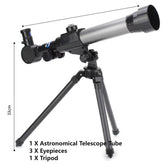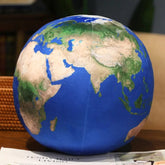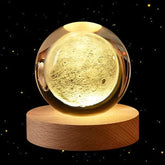The Cosmic Rarity Beneath Our Feet
In the grand theater of the cosmos, Earth is an outlier—an anomaly in a galaxy teeming with fire and ice, gas giants and barren rock. Amid trillions of worlds, Earth alone (as far as we know) sustains a rich tapestry of life, liquid oceans, dynamic weather, and a protective atmosphere. But what makes Earth so astronomically rare, and what cosmic circumstances aligned to make our planet a cradle for life?
1. The Goldilocks Zone: Not Too Hot, Not Too Cold
Earth orbits in the Sun’s habitable zone—often called the “Goldilocks zone”—where temperatures allow for liquid water to exist on the surface. Move Earth slightly closer to the Sun, and the oceans would evaporate. Push it farther away, and water would freeze. This narrow orbital band is one of the first checkboxes astronomers tick when scanning for exoplanets with life-sustaining potential.
2. The Magnetic Shield: A Guardian in the Dark
At Earth’s core is a churning sea of molten iron and nickel, generating a powerful magnetic field that extends tens of thousands of kilometers into space. This magnetosphere deflects solar wind and cosmic radiation, which would otherwise strip away our atmosphere and irradiate the surface. Mars, which lost its magnetic field billions of years ago, is now a barren wasteland, its thin atmosphere largely stripped by the solar wind.
3. The Moon: Earth’s Celestial Stabilizer
Our Moon is unusually large relative to the size of its host planet, and its gravitational pull plays a critical role in stabilizing Earth’s axial tilt. Without the Moon, Earth’s tilt would vary wildly, causing extreme climate shifts that could make long-term life far more difficult. The Moon also contributes to ocean tides, which may have been crucial in the early development of marine life and the nutrient cycling of ancient ecosystems.
4. A Breathable Atmosphere: An Evolutionary Triumph
Earth’s atmosphere wasn’t always breathable. It took over 2 billion years of microbial evolution to oxygenate the atmosphere in what’s known as the “Great Oxidation Event.” Today, our atmosphere is about 21% oxygen—a rare composition that’s the direct result of biological activity. No other known planet has anything close to this mixture.
5. Plate Tectonics: The Planet That Breathes
Earth is the only known planet with active plate tectonics, a process that recycles carbon, reshapes continents, and regulates the climate. Volcanoes and earthquakes may seem destructive, but they are essential to maintaining Earth’s long-term habitability. They help release gases trapped in the crust and play a key role in the carbon-silicate cycle, which acts as a planetary thermostat.
6. Cosmic Luck: A Quiet Neighborhood
Earth orbits in a relatively calm region of the Milky Way. We’re not too close to the galactic center, where supernovae and gamma-ray bursts are more common. Nor are we in a densely packed stellar cluster, where gravitational interactions could destabilize planetary orbits. Our Sun is also unusually stable for a star of its size and age—producing consistent energy output without wild flares or dips that could imperil life.







































